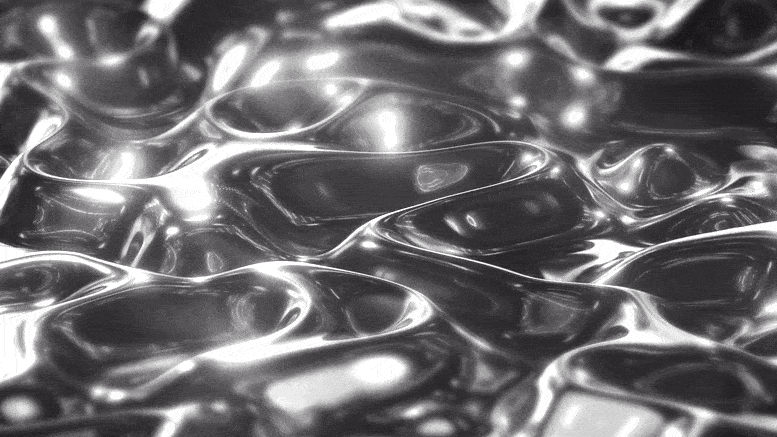
Researchers from Kanazawa University recovered palladium and silver metal from industrial waste, which will help reduce pollution and alleviate demand from dwindling natural sources.
Many rare metals are in scarce supply, yet demand for use in electronics, medical instrumentation, and other purposes continues to increase. As waste, these metals pollute the environment and harm human health. Ideally, we would recycle the metals from waste for reuse. Unfortunately, current recycling methods are some combination of complex, expensive, toxic, wasteful, and ultimately inefficient.
In an upcoming study in Chemical Engineering Journal, researchers from Kanazawa University report a major improvement in recovering silver and palladium ions from aqueous acidic waste. Recovery of the metals in elemental, metallic form is straightforward — simply burn the extraction material and collect the remaining metal after further heating.
The researchers chemically modified ultrasmall particles of cellulose, an abundant and nontoxic biopolymer, to selectively adsorb silver and palladium ions at room temperature. Adsorption was nearly complete at acidic pH with acid concentrations of around 1 to 13 percent by volume. These are reasonable experimental conditions.
“The adsorbent selectively chelated the soft acid silver and palladium cations,” explains lead author Foni Biswas. “Of the 11 competing base metals we tested, only copper and lead cations were also adsorbed, but we removed them with ease.”
Maximum metal ion adsorption was fast — e.g., an hour for silver. Maximum adsorption commonly requires many hours with other approaches.
“Intraparticle diffusion did not hinder adsorption, which is an endothermic, spontaneous chemical process,” explains senior author Hiroshi Hasegawa. “Maximum metal adsorption capacities — e.g., 11 mmol/g for silver — are substantially higher than that reported in prior research.”
After adsorption, the researchers simply incinerated the cellulose particles to obtain elemental silver or palladium powder. Subsequent higher-temperature incineration converted the powder into pellets. Cyanide or other toxic extractants were not required. Spectroscopic analyses indicated that the final metal pellets were in metallic rather than oxide form.
“We removed nearly all of the silver and palladium from real industrial waste samples,” says lead author Biswas. “Obtaining pure and elemental metals proceeded as smoothly as in our trial runs.”
Palladium and silver are valuable metals yet natural supplies are increasingly limited. Future needs require that we recycle the metals that we already have in a practical manner. The research reported here is an important development that will avoid supply and distribution difficulties that will only increase in the coming years.
Reference: “Selective recovery of silver and palladium from acidic waste solutions using dithiocarbamate-functionalized cellulose” by Foni B. Biswas, Ismail M.M. Rahman, Keisuke Nakakubo, Koki Yunoshita, Masaru Endo, Kanji Nagai, Asami S. Mashio, Tsuyoshi Taniguchi, Tatsuya Nishimura, Katsuhiro Maeda and Hiroshi Hasegawa, 5 October 2020, Chemical Engineering Journal.
DOI: 10.1016/j.cej.2020.127225
4 Comments
What is the economic break-even point for palladium and silver concentration in the waste that justifies the cost of reagents and the effort to extract the metallic ions? Are there any common industrial-waste streams that meet this minimal requirement?
It has been known for decades that there is gold (and other valuable elements) dissolved in sea water. No one has invented a method to extract the gold that doesn’t cost more than the gold is worth.
This sounds like another blinder-constrained academic research program that doesn’t look at the ‘big picture.’
ANY RECOVERY Will eventually REDUCE COST and reduce MINEING & increase LOST Rare Minerals ‘for reuses
Your unsupported assertion sounds wonderful! Unfortunately, logic doesn’t support it. Suppose you are stranded on a desert island and have very little food. You can conserve your energy and eat what is available, or you can scavenge for additional food. What if you burn more calories in your scavenging activities than you gain from the additional food? That means you will lose body weight even faster than if you were sedentary. I suppose that someone who doesn’t even use a spell checker to be sure that they spell “mining” correctly can be expected to also be logic challenged.
Im jellin
Great find!!!